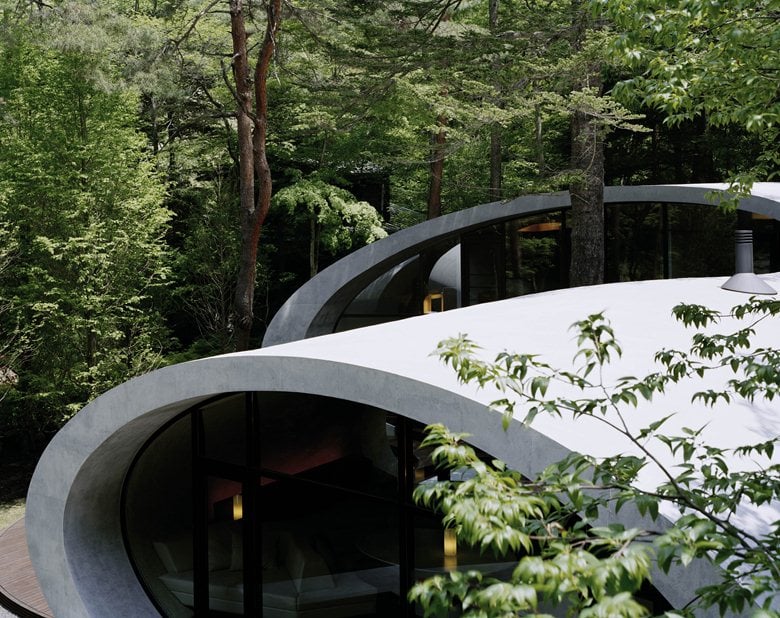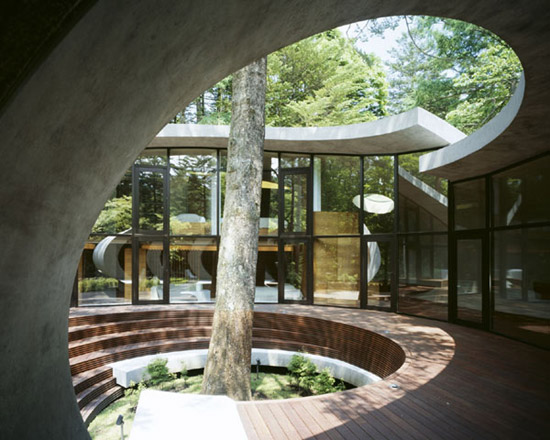A shell house typically refers to a structure that is incomplete or unfinished, resembling the outer shell or skeleton of a building. It may lack interior finishing such as walls, floors, or fixtures, leaving only the basic framework or shell intact. Shell houses are often constructed as part of a phased building process, where the initial focus is on completing the structural elements before interior work begins.
They can also refer to buildings that were started but never completed, leaving them in a state of partial construction. These structures may be used as placeholders for future development or may remain unfinished due to various reasons such as financial constraints or changes in plans.
What are the characteristics of a shell house?

A shell house is a type of architectural structure characterized by an unfinished exterior, often lacking siding or stucco, while still possessing basic infrastructure like a foundation and roof. Internally, it offers customization potential, allowing owners to tailor the layout and finishes to their preferences. This flexibility makes shell houses suitable for various residential or commercial purposes and can be cost-effective compared to fully finished structures.
They can be DIY projects or constructed by contractors, with energy-efficient features often considered during construction for future comfort and sustainability. Overall, shell houses serve as blank canvases for homeowners or developers to create personalized living or working spaces.
How are shell houses used in construction?

Shell houses are utilized in construction as a versatile framework for building customized living or working spaces. They are typically used in the following ways:
Basic Structure
Shell houses serve as the fundamental structure of a building, providing the essential framework of walls, roof, and foundation. This basic infrastructure forms the skeleton upon which the rest of the building is constructed.
Customization
Since shell houses have unfinished exteriors and interiors, they allow for extensive customization according to the owner’s preferences and needs.
This customization can include the layout of rooms, installation of utilities, and selection of interior finishes such as flooring, cabinetry, and fixtures.
Cost-Effectiveness
Building a shell house can be a cost-effective option compared to constructing a fully finished structure.
By completing the basic structure first and adding finishing touches over time, homeowners can spread out the expenses and potentially save on construction costs.
Flexibility
Shell houses offer flexibility in design and usage. They can be adapted to accommodate various architectural styles and purposes, including single-family homes, multi-family residences, commercial buildings, or even vacation rentals.
DIY or Contractor-built
Depending on the owner’s preferences and expertise, shell houses can be constructed as do-it-yourself projects or built by professional contractors specializing in shell construction.
DIY projects may involve purchasing prefabricated shell kits or constructing the basic structure from scratch.
Energy Efficiency Considerations
While the exterior may be unfinished, energy-efficient features such as insulation, energy-efficient windows, and sustainable building materials can still be incorporated into the shell house design.
This ensures that the building will be comfortable and environmentally friendly once the interior is completed.
What are the reasons for constructing shell houses?

Constructing shell houses can be motivated by several reasons, including:
Customization
Shell houses provide an opportunity for homeowners or developers to customize their living or working spaces according to their specific needs, preferences, and budget.
With the basic structure in place, they can tailor the interior layout, finishes, and features to suit their lifestyle.
Cost-Effectiveness
Building a shell house can be more cost-effective compared to constructing a fully finished structure. By completing the basic shell first and adding finishing touches gradually over time, homeowners can spread out the expenses and potentially save on construction costs.
Flexibility
Shell houses offer flexibility in design and usage. They can be adapted to accommodate various architectural styles and purposes, whether it’s a single-family home, multi-family residence, commercial building, or vacation rental. This flexibility allows for versatility in how the space is utilized.
Ease of Construction
Constructing a shell house may be simpler and faster than building a fully finished structure, as it involves erecting the basic framework and infrastructure without the intricacies of interior finishes. This can result in shorter construction times and reduced labor costs.
DIY Opportunities
Shell houses can be attractive options for DIY enthusiasts who enjoy hands-on construction projects. DIYers can purchase prefabricated shell kits or construct the basic structure themselves, allowing them to be actively involved in the building process and potentially save on labor costs.
Energy Efficiency
While the exterior may be unfinished, energy-efficient features such as insulation and energy-efficient windows can still be incorporated into the shell house design.
This ensures that the building will be comfortable and environmentally friendly once the interior is completed, potentially reducing energy consumption and utility costs in the long run.
FAQ’s
What is the exterior shell of a building?
The exterior shell of a building refers to its outermost layer, encompassing walls, roof, and foundation, providing structural integrity and protection from the elements.
Why is a house a shell structure?
A house is considered a shell structure because it primarily consists of a load-bearing framework or skeleton, with the interior and exterior finishes added later.
What is the shell structure of a house?
The shell structure of a house typically comprises the foundational elements such as walls, roof, and floors, forming the basic framework before interior finishes are applied.
What is an example of a shell structure?
An example of a shell structure is the Sydney Opera House, renowned for its iconic sail-like shells comprising the roof structure, demonstrating the elegance and strength of shell construction.
How is a shell built?
Shells are typically constructed using techniques such as formwork or casting, where concrete or other materials are molded or shaped into curved or domed structures, providing strength and stability.
Final Words
We’ve talked about shell houses, which are buildings without finished insides but with strong structures. They’re used in construction for different reasons, like saving money or planning for the future. Sometimes they’re temporary homes.
But there are challenges, like keeping them maintained and how they affect property value. Still, shell houses are important in construction because they help builders save money and plan ahead.
